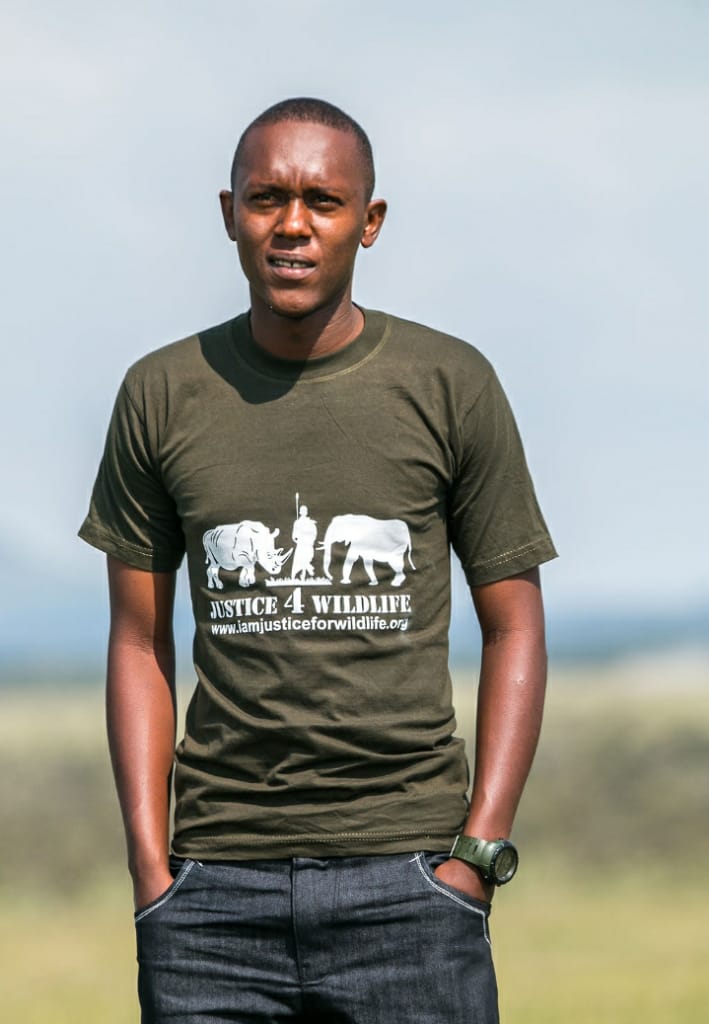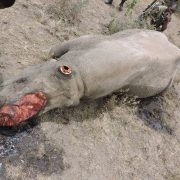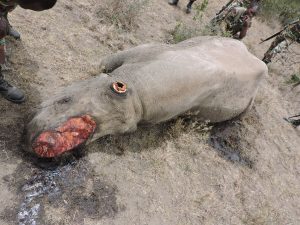Tracks and signs are all around you, even in the city. Ideal examples are birds that normally leave feces on windows, raptors that swift off the chicken from our backyards which was quite typical for us who grew up in a rural setup or forested area you definitely know not to leave your windows open, the cheeky primates are always on the lookout for an opportunistic feed.
Next time you go for a walk (obviously am not talking about pavements or tarmac) try learning as much as you can from what others have left behind, you will be surprised how much you can learn from foot tracks;
- How many people walked the track before you and which direction were they walking towards.
- Were they walking or running? Is there a scope on the front tip of the shoe track to indicate they were running
- Are the tracks fresh? you can even tell the type of shoe from this example rubbers, boots or sports shoes
However, it is on farms and in conservation and wilderness areas that you will discover the joys and uses of reading signs. There’s so much to read on the ground, all that took place at night is written down on the ground; a hunt, a fight, or even where the animal took a nap. Man-made gravel and sand roads are the best for reading signs especially for an area with less traffic, on one of my previous articles https://iamjusticeforwildlife.org/2018/12/09/common-carnivore-tracks-and-sctats-identification/ I gave detailed clues on how to read and identify various common carnivore tracks due to public demand I will take you through how to read and identify Rhino tracks and signs next time you’re on a game drive or doing a bushwalk in a rhino sanctuary be on the lookout for this interesting signs and clues.
Black Rhino

-The tracks of the hook-lipped rhinoceros are very similar to those of the square-lipped rhinoceros but are shorter.
-This is one rare rhinoceros to come across, an endangered species to be precise with only 15 metapopulations in Kenya.
Black Rhino tracks

-Tracks are similar to those of white rhino but are shorter
-Indentation of the posterior edge is not usually well pronounced
Black rhino dung

The black rhino is a browser, and its dung consists of coarse, woody plant material mixed with finer material.
White Rhino
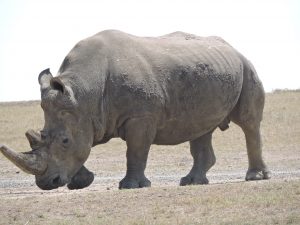
– From their sheer size, the tracks are also larger than those of the black rhino
– Both Rhinoceros species have three horny- nailed toes, the largest in front and a slightly smaller one on either side.
– The front foot track is wider and a bit more rounded than the hind track and maybe a little longer.
Tracks

-Have three horny- nailed toes.
-Front foot track is wider and more rounded than the hind track.
-Indentation on posterior edge is usually more pronounced.
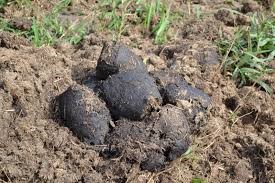
-The white rhino is a grazer, and so the content of its dung is fairly uniform in appearance with relatively fine plant fibres.
-They normally use their hind legs to spread it around (to mark its territory)
– Unlike the black Rhino which spreads its dung with it’s hind legs to spread it the white Rhino does not
“For most of history, man has had to fight nature to survive. In this century he has to realize that in order to survive he has to protect it.” Jacques-Yves Cousteau Here we celebrate the unsung wildlife heroes in the grassroots doing remarkable work to conserve our wildlife heritage, Get to learn about wildlife from a ranger/ ecologist in Kenya a freelance eco-traveler, experience the diverse cultures and African heritage from the natives and take an adventure to new destinations to learn about rare attractions that are hardly talked about and to top it all up some of the best wildlife photographs that will make you reconnect to your wild side appreciate everything around us and fall in love with the natural world, because “It is not enough to love the natural world; the point is to defend and preserve it.” Edward Abbey
Our wildlife, our responsibility. When it comes to standing up for our wildlife it’s better to be outspoken than unspoken.

